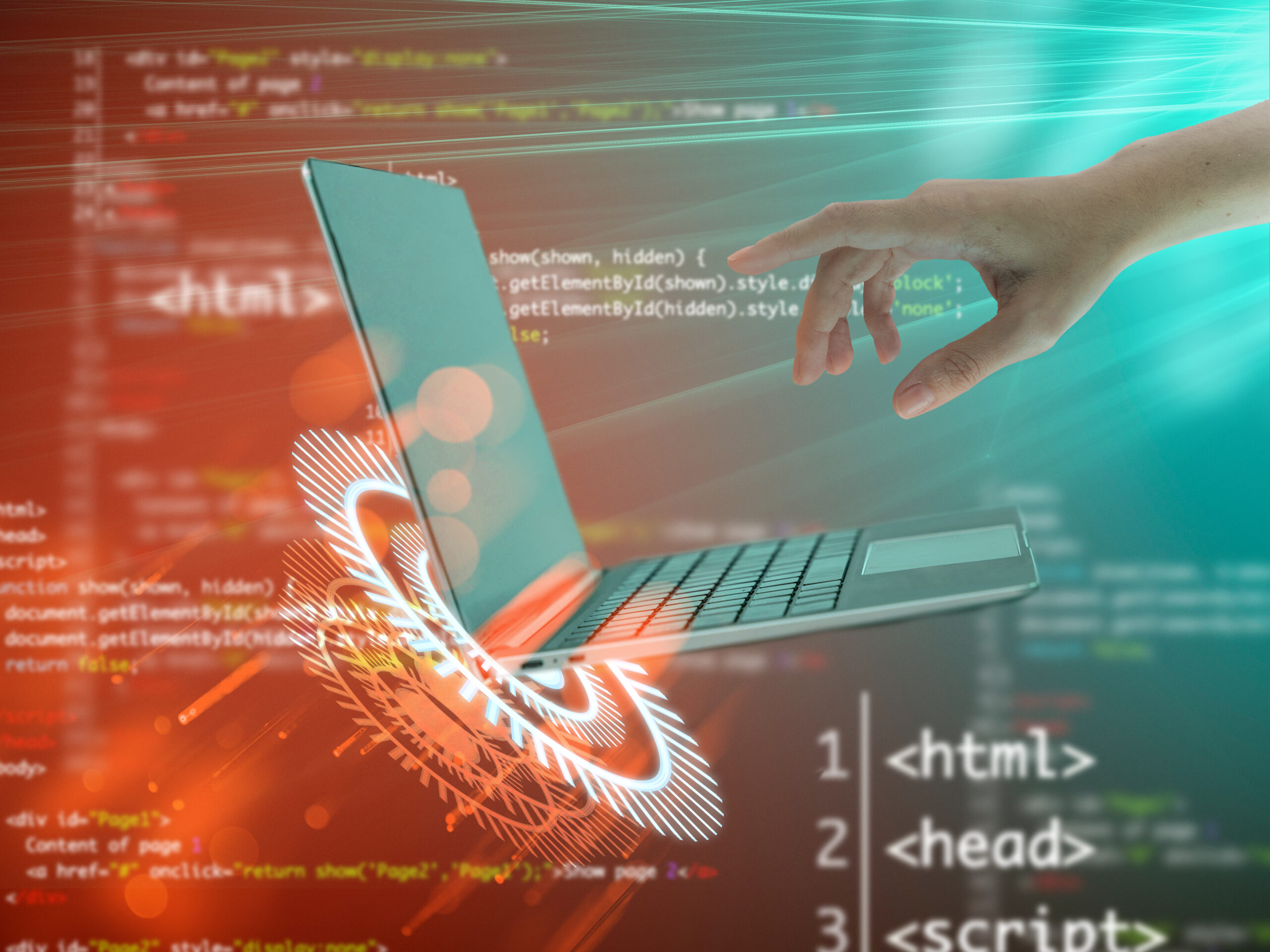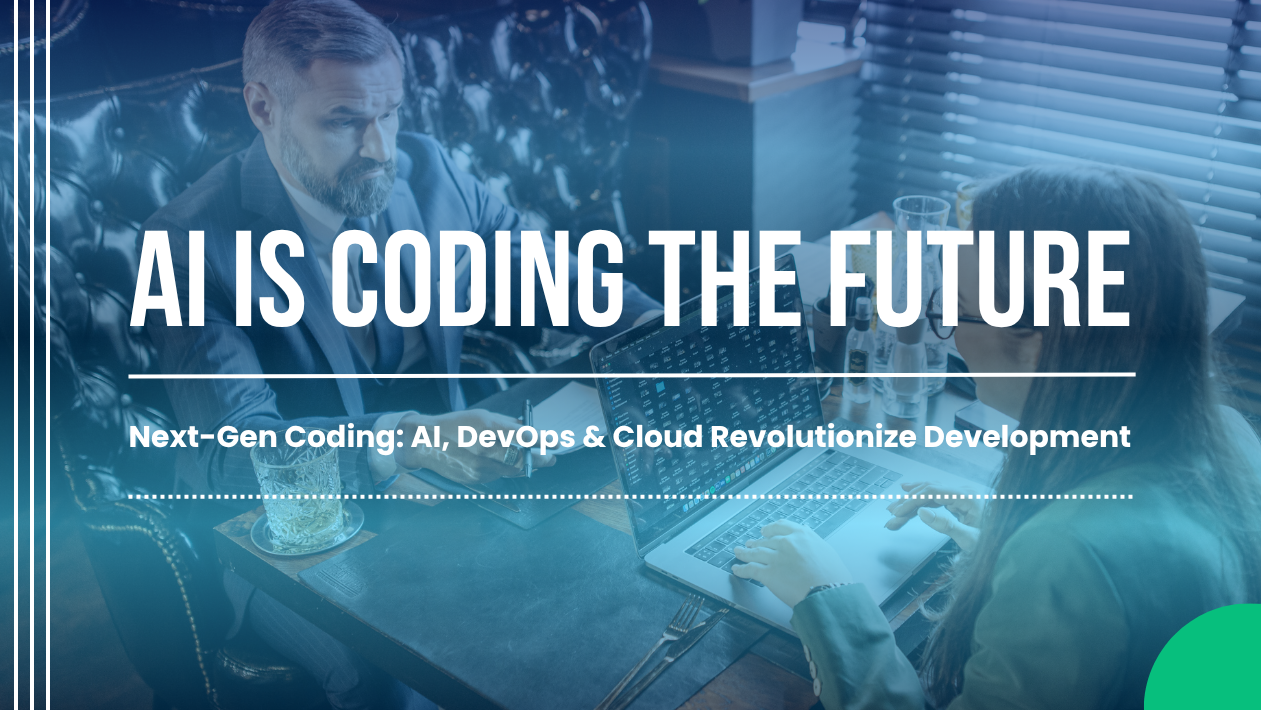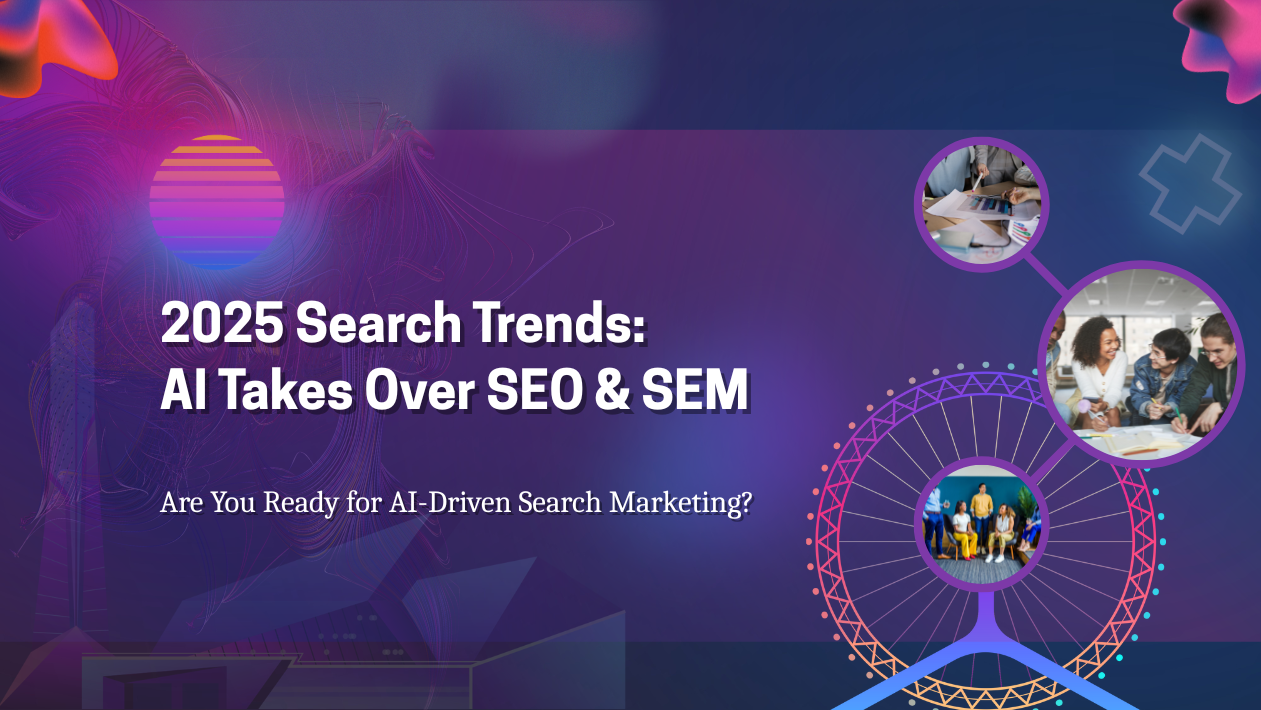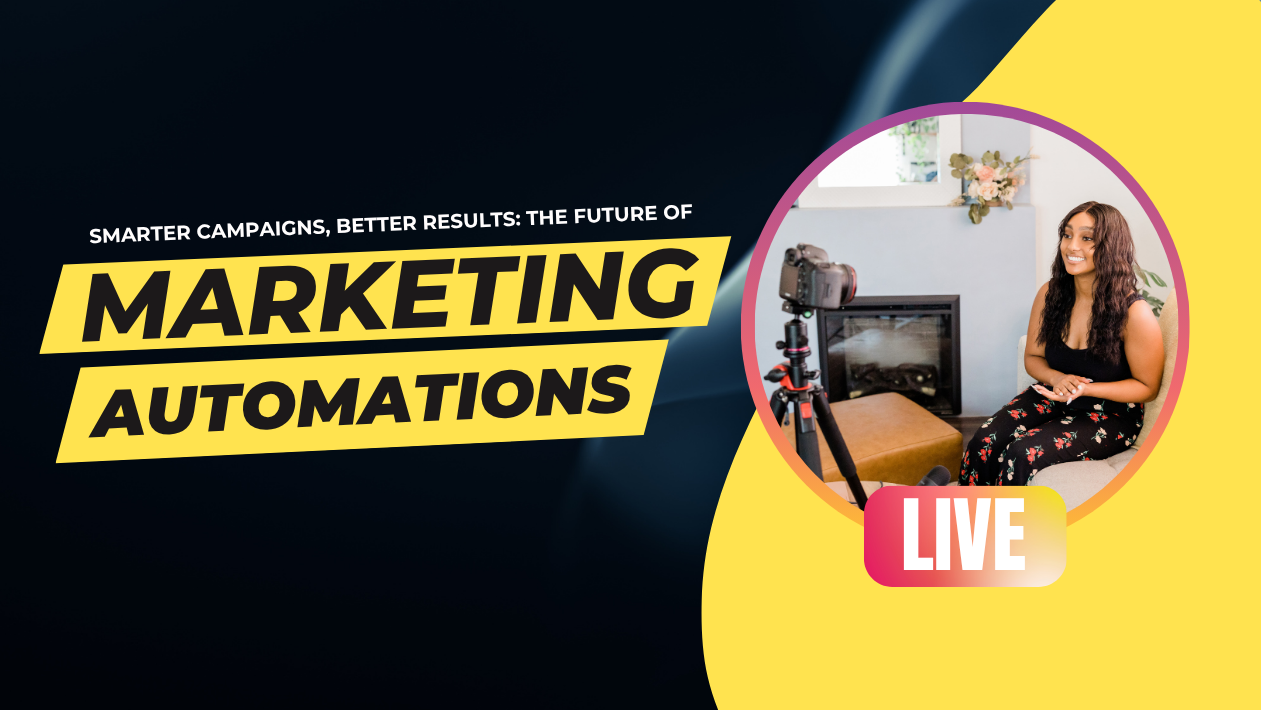The software development landscape in 2025 is undergoing a dramatic transformation as AI-assisted coding, low-code/no-code platforms, and cloud-native architectures become mainstream. As companies race to ship scalable, secure, and intelligent applications faster, developers are now blending traditional coding skills with emerging technologies and collaborative tools.
AI Becomes a Developer’s Daily Coding Partner
AI copilots like GitHub Copilot, Amazon CodeWhisperer, and Google Gemini Code Assist are now fully integrated into developer workflows. These tools provide real-time suggestions, automate repetitive coding tasks, and even generate full modules based on simple prompts.
A recent Stack Overflow Developer Survey shows that over 72% of developers now use AI assistance daily, cutting development time by up to 40%.
Low-Code and No-Code Platforms Expand Access
Low-code platforms such as OutSystems, Mendix, and Microsoft Power Apps have matured, empowering non-developers to build internal tools and business apps with drag-and-drop interfaces. This democratization of development is accelerating digital transformation across sectors like healthcare, finance, and retail.
Meanwhile, professional developers are using these platforms to speed up prototyping and reduce backlog.
Cloud-Native and Microservices Architecture Dominate
Modern applications are increasingly cloud-native, containerized, and built with microservices architecture for scalability and resilience. Technologies like Docker, Kubernetes, and serverless computing are standard across enterprises, enabling faster deployment and simplified DevOps processes.
Shift-Left Testing and DevSecOps Integration
Security and quality are no longer afterthoughts. Teams are adopting shift-left testing strategies—embedding testing, security scanning, and performance analysis early in the development cycle. The integration of DevSecOps ensures security policies are automated and consistent across the CI/CD pipeline.
Edge Computing and Real-Time Apps Push New Boundaries
As IoT and 5G networks expand, edge computing is fueling real-time applications across industries like logistics, automotive, and manufacturing. Developers are now building lightweight, decentralized apps that process data closer to users, reducing latency and enhancing performance.
Demand for Cross-Platform Frameworks Soars
With the need to support both web and mobile from a single codebase, frameworks like Flutter, React Native, and .NET MAUI are in high demand. Enterprises are leveraging these to reduce development costs while maintaining native-like performance and UX.
Developer Experience (DevEx) Becomes a Business Priority
Organizations are recognizing that happy developers build better software. Investments in better tooling, collaborative platforms like GitHub Enterprise, Notion, and ClickUp, and flexible work arrangements are being prioritized to reduce burnout and improve productivity.
Future Outlook: Human Creativity + AI Speed
The future of software development is augmented, not automated. AI is taking over routine tasks, but human developers remain essential for problem-solving, architecture design, and ethical decision-making. The emphasis is shifting toward collaboration, creativity, and continuous learning in this new era of intelligent development.





